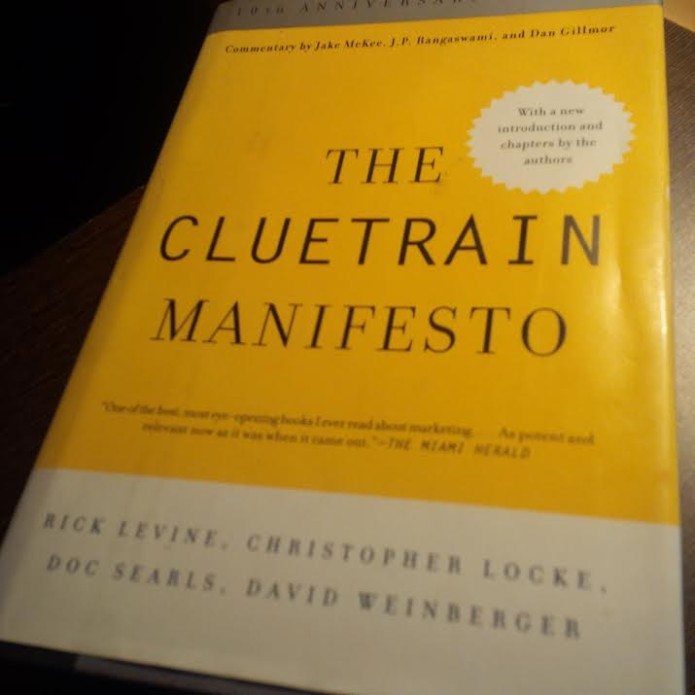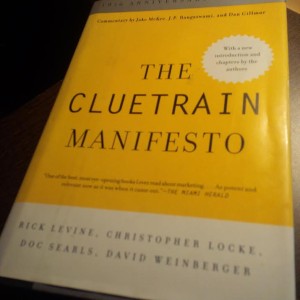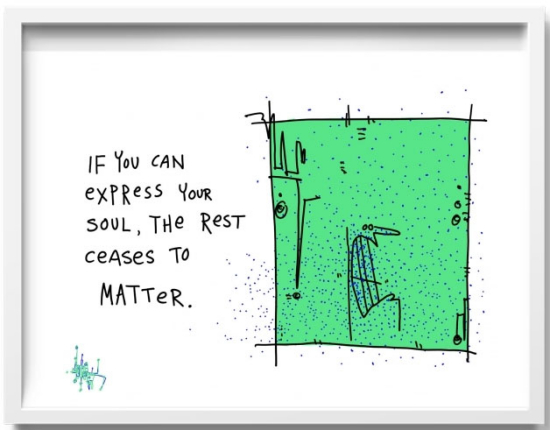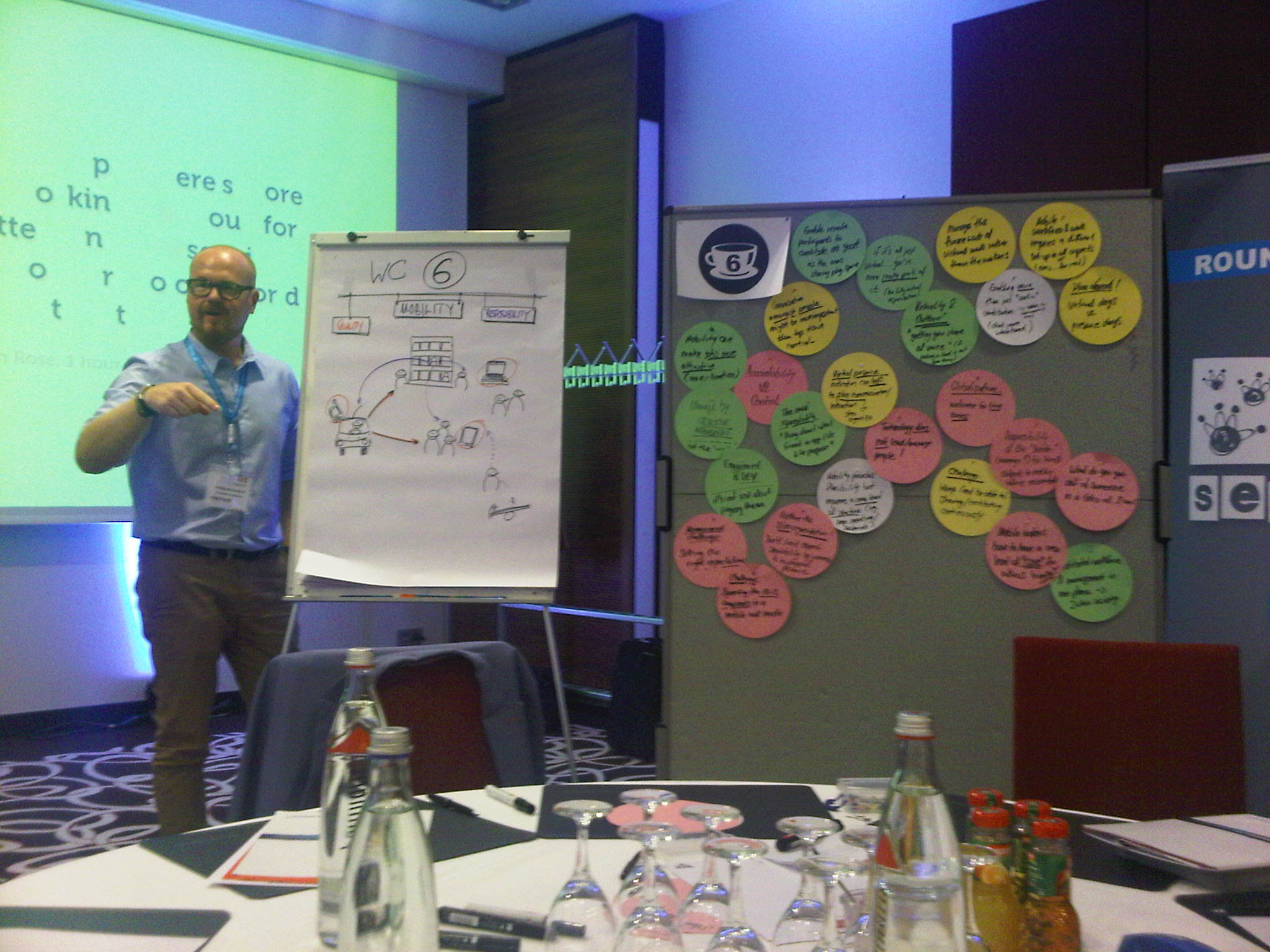Disruption is here. So they say. And as more and more parts of society get disrupted, disruptions themselves are getting disrupted too. Technology has brought alive possibilities that were once farther than Pluto. But those possibilities have brought with them aspects that haven’t been thought of, as much as they should be. And that is proving to be more than just a mere thorny issue!
The delivery boys of Flipkart and Myntra are on strike. Obviously their operations have been disrupted and material that was to have been delivered stay piled up in warehouses. The operations of Flipkart, a poster story of success that disrupted traditional distribution models, with employee friendly policies and such else, suddenly finds itself amidst bad press. Those that are privy to finer details at Myntra and Flipkart will perhaps be able to complete the story, for I know whatever little from the press.
In a poignant piece titled, ‘The Last Mile Boys” the Indian Express walks you through a day a in the life of a delivery boy. One read made me present to how impervious several of us (me included) are, to what it takes to bring some ‘delight’ customers like us. The clamour for better “User Interface” is definitely far higher and gets more hits than the attention the realities at the unglamorous ends the pipe require.
Come to think of it, this isn’t something that the Flipkarts and Myntras of the world have introduced. Contract employment is euphemism for ‘second class employee’ status and ‘filthy class’ treatment, amongst most corporate for decades now. From Apple to Nike, marquee names have dark circles that are ugly in this respect. The collapse in 2013, of the Rana Plaza perhaps marked an important point in history for such practices. It is indeed true, that this has put food on the table and kept aspirations for a better life ‘someday’ alive for several underprivileged populations that signed up for it. Sometimes knowing fully well, what it takes.
Vivek Patwardhan, someone who I have immense respect for, has been blogging consistently on these topics. In his own irreverent style makes a telling point, in this blogpost on the Flipkart & Myntra issue. In fact, several. He leaves you with a few striking questions about a general mindset that permeates the corridors of several corporates : The seeking of disproportionate benefits for one end of the pipe and bringing alive extreme problems.
Speaking of extremes, serendipity got a stirring piece by NYT columnist Anand Giridharadas on my screen. It is called “The Thriving World, The wilting world and you“. I went over it a few times for the weft and warp of the arguments and more for the fundamental provocative message it holds. Anand Giridharadas, speaks of “Extreme Winners & losers”. We are no longer content with winning. In fact, its become (or is fast becoming) binary. If it isn’t EXTREME winning, it is classified as ‘losing’.
Any form of ‘extreme’ will obviously require responsibility, balance and degree of conscience to thrive for a reasonable time. He says, “Some of us have the feeling of living in one of the most extraordinary times in human history; many others around the world have yet to see those times benefit them in any tangible way; and still others are watching their lives get worse day by day — sometimes, perhaps, so that ours can get better.”
Its not as though we don’t know or our conscience doesn’t poke around a bit. Corporates and individuals have ways of dealing with this. With projects on Corporate Social Responsibility, personal donations to causes and such else, we aim to deal with the guilt that arises out of knowledge that we are part of the system that perpetuates these wrongs. Anand reminds us that generosity is not a substitute for justice. And that we may not be as virtuous as we imagine ourselves to be. The quest for extreme wins keep our need to preserve the game as it is and soften the blows by doles and donations.
“I have heard too many of us talking of how only after the IPO or the next few million will we feel our kids have security. These inflated notions of what it takes to “make a living” and “support a family” are the beginning of so much neglect of our larger human family.” That to me is the line that points to the core of the issues at hand.
Almost a decade ago, commencement speech by Tom Brokaw at Stanford wrapped all of my attention. At different points in our history, he pointed out, we have felt as though we have stood at the edge of time’s precipice, poised to change the world. And yet, in our quest to do better we have often ended up far worse although it appeared we did make progress. Impairing the human condition, maiming mother Earth and sometimes destroying the very foundations of dreams and aspirations of generations that followed. There is one line from his speech that has stayed with me.
“You live in a world of personal computers and search engines, e-mail and network, capacity and storage, research and retrieval, entertainment and commerce. But it’s also important to remember that it will do us little good to wire the world if we short-circuit our souls“.
And that is precisely what we must remember. For an ecosystem to flourish, every part of the ecosystem must stay healthy. One trampling over another creates an imbalance that will wreck the whole place.
Technology makes new possibilities alive for all of us. Most of the delivery boys of Flipkart and Myntra are adept at using their smartphones for a variety of things. These smartphones provide a window , nay a ringside view, of all that happens in the world.
As it connects more and more glass, panes of transparency are fast replacing concrete black walls. These glass walls get more of us wanting to truly participate and ask new questions. Questions that emerge from this new information and the new opportunity to have free flowing conversation with similar people across the world. There is a new world of aspiration and action that is fast emerging.
It is here that the seams of what was stitched up ages ago will go under strain. It is at the seams that the thorny issues will hurt most.
Even as this transformation is taking place, we have it in us to give it shape to help it become what can be better off for all of us. After all, human ingenuity, imagination and intelligence will ultimately triumph in areas that it trains its thoughts on. It is a matter of what we keep our focus on. Of course, disruption will keep getting disrupted.












